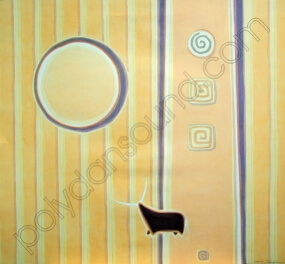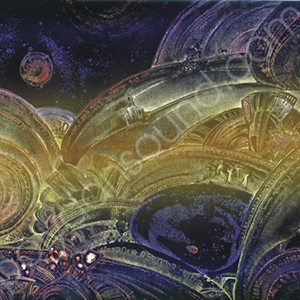What, Where and How We Listen … or … Culture of Listening the Music Pieces.
The theme is very capacious.
It can be divided into two components:
1st = listening to «peeps» in music pieces. There is quite enough of supporters and fans of such «test records». The main misbelief among the fans of such the phonograms is listening to the individual, even if pompous fragments isolated from the main context of the music piece. Recording studios are often engaged consciously in such «separations». The reason is very simple, this is due to weak capacity of the recording studio equipment (they cannot capture the sound of a lot of musical instruments properly). Or this is due to incorrect work of the people who have created this record.
That’s why there is such a product (record) where any of the musical instruments (or more musical instruments) has a bright, dominant sound emphasized above the entire orchestra, and all the other musical instruments are recorded in faded, inexpressive, stifled manner. The listener gets erroneous impression about the quality of the record. Especially it can be heard in soundtracks with great musical compositions, for example, GO (Grand Orchestra). Also, this «effect» is not uncommon when listening to jazz compositions, especially of the experimental trend.
2nd = listening to a music piece as a whole, finished material (information-acoustic or electronic one to be emotional is a must).
Here it is more complicated because an appropriately selected record (a soundtrack) is required for this. Sound accuracy of the soundtrack may be determined only with precision instruments – a stereo or mono system.
Figurative comparison: an audio media (a record) is preserves, and a can opener is a stereo or mono system. The sharper the can opener (or rather the system), the more accurate the result.
Having all these components, a listener’s (a phonogram consumer’s) priorities are changing, i.e. amount of musical information in the second example gives no chance to «peeps»!
P.S.L.










